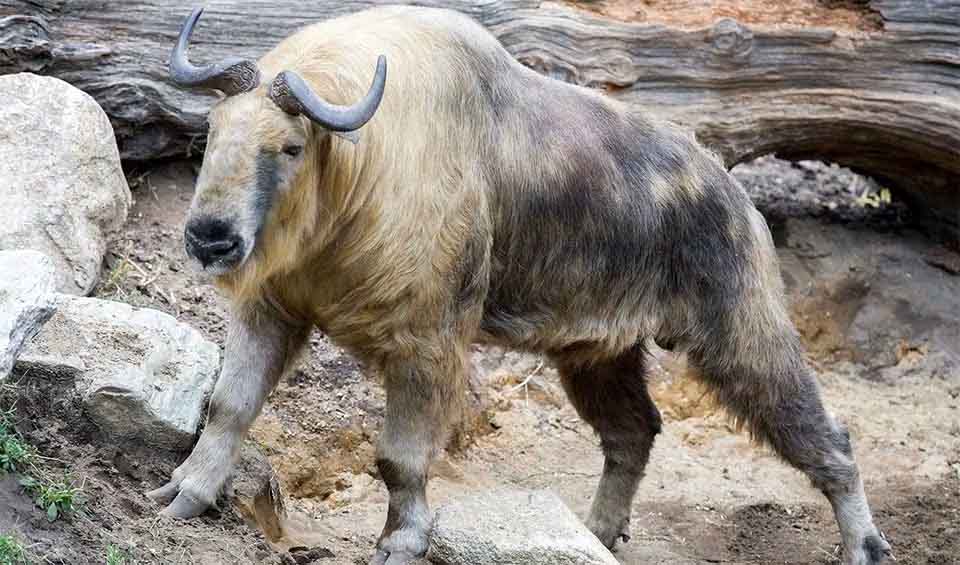Bhutan, officially known as the Kingdom of Bhutan, is a small, landlocked country nestled in the Eastern Himalayas in South Asia. It is recognized as a global biodiversity hotspot and is listed among the world’s 234 exceptionally significant eco-regions by the World Wildlife Fund in a detailed global biodiversity analysis conducted between 1995 and 1997.
The country features six major agro-ecological zones, each corresponding to specific altitudes and climatic conditions, ranging from alpine to various subtropical environments. Bhutan boasts extensive forest coverage, which accounts for over 70% of its total land area and remains relatively well-preserved. Additionally, the country is rich in inland water resources, including a vast network of rivers, streams, and rivulets, fueled by high precipitation levels, glaciers, and glacial lakes.
Four pillars elaborated:
Bhutan features a comprehensive network of protected areas that spans over 51% of its territory. This network comprises four national parks, four wildlife sanctuaries, and one strict nature reserve, which was established in 1993. In February 2024, Bhutan further enhanced its conservation efforts by adding a new biological corridor to its protected area network. This corridor plays a crucial role in protecting vital habitats for endangered species such as the snow leopard and red panda. Land Management
Land Management
The diversity of wild species is facing numerous threats, such as land conversion, overexploitation, reliance on wood for fuel, pollution caused by domestic sewage, climate change, and forest fires. The development process in the country, along with the need for forest products, infrastructure development, population growth, and living space requirements, rapid urbanization, agricultural expansion, grazing pressures, and forest fires are putting the forest biodiversity at risk. Threats to Biodiversity
Threats to Biodiversity
In addition, with the growing urbanization and industrialization, there is an increase in pressure on water resources, and it is predicted that the city population will increase by 50% by 2020. Lastly, specific threats to domesticated biodiversity include unsustainable cropping practices, conversion of agricultural land, cultivation of exotic agricultural crops, and land degradation in the form of erosion.
Thanks to the visionary leadership of their kings and a longstanding tradition of living harmoniously with nature, Bhutan has largely preserved its biological richness into the 21st century. Bhutan’s constitution enforces a minimum forest cover of 60 percent indefinitely, demonstrating a firm commitment to environmental preservation even as economic and developmental ambitions often prioritize other concerns. Bhutan upholds the philosophy of Gross National Happiness, which emphasizes environmental conservation as a fundamental component. This philosophy guarantees that development does not compromise environmental integrity. To this end, numerous policy documents and action plans have been formulated and are in the process of implementation. Capacity and Governance
Capacity and Governance
Bhutan has implemented several strategic plans, including the National Biodiversity Strategies and Action Plan (NBSAP) and the Biodiversity Action Plan (BAP). These initiatives are designed to preserve biodiversity, ensure sustainable utilization of natural resources, and distribute the benefits of biodiversity to local communities. The BAP specifically targets forest management, protected areas, and the sustainable use of resources. It also emphasizes capacity building, research, and raising public awareness. The government has achieved notable success in these areas, with more than 51% of Bhutan’s territory now protected in some form. Future Trends
Future Trends
Biodiversity
Bhutan’s geography and climate are distinct, providing a range of ecosystems from subtropical forests in the south to alpine meadows in the north that nurture a diverse range of plant and animal life. The country is home to numerous plant species, with over 5,600 species of seed plants, including many that are rare and endangered. The forests are particularly diverse, covering over 60% of the land area.The takin, Bhutan’s national animal, is a large goat-like mammal found exclusively in the Himalayas. Close to 200 species of mammals, including 27 globally threatened ones, are known to exist in Bhutan. The country is also known for its abundant wild felids, with 11 of the 36 species documented globally.
In the table below are the number of known species in several main groups, how many of these species are Threatened with extinction, and how many of them are Endemic (unique to Bhutan only):
| Species (World rank) |
Threatened | % Threatened | Endemic | % Endemic | |
|---|---|---|---|---|---|
| Mammals | 142 (#81) | 25 | 17.6% | ||
| Birds | 620 (#50) | 19 | 3.1% | ||
| Reptiles | 90 (#95) | 3 | 3.3% | 2 | 2.2% |
| Amphibians | 42 (#67) | 1 | 2.4% | 1 | 2.4% |
| Fishes | 52 (#203) | 4 | 7.7% | 1 | 1.9% |
| Plants | 5,603 (#55) | 43 | 0.8% | 212 | 3.8% |
mammals
Asian golden cat
One of the least studied cats in tropical Asia; there is still a lot to discover!
Red panda
Be ready to be puzzled by this vegetarian carnivore!
Tibetan fox
With a gleaming golden coat and playful pounce, this fox proves that high-altitude living is no match for its wit and whimsy
birds
Great hornbill
They’re amazingly human-friendly — oh, but do we call it a friendship if we cost their population the chance to survive
Himalayan monal
It’s dazzling plumage has earned it the nickname “nine-colored bird” in some cultures
Black-backed dwarf kingfisher
One of the most visually stunning kingfisher, often described as a “flying jewel”
reptiles
Indian python
Nonvenomous but it’s hug can be as deadly as a venom!
Tokay gecko
Its large eyes are equipped with highly sensitive retinas, which allow it to see in low light conditions
King cobra
Largest living venomous snake reaching lengths of up to 5.7 meters or 8.5 feet
amphibians
Himalayan toad
This toad relies on “saltation” for movement, which means it jumps rather than walks
Indian bullfrog
Capable of making long leaps, thanks to their powerful hind legs
Asiatic toad
The toxin from their parotoid glands has potential antimicrobial and anticancer medicinal properties
National Animals
Takin
Often called “goat-antelopes” because they share traits with both animals

















